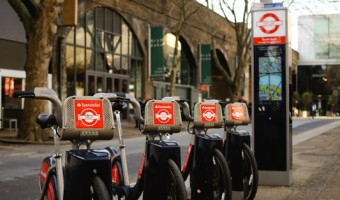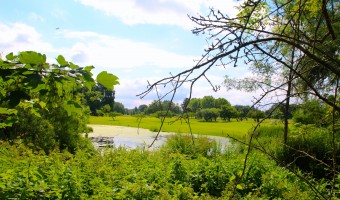A brief encounter
Cycling in London has seen remarkable growth in the 21st Century – sometimes, according to ex-mayor of London Boris Johnson, up to 70 per cent of vehicles on the main roads during rush hour are bicycles. The city has a growing infrastructure that allows visitors to London a perfect vantage point from which to view the metropolis. It looks like the future for cycling in the city has a great future but it also has a fascinating past that is full of character and incident


The birth of modern cycling in London
Modern cycling, post dandy-horse/velocipede/penny-farthing was born during the late 19th century and can be traced back to Battersea Park in the 1880s, before it went mainstream in the 1890s with the “Bicycle Craze” of Hyde Park. London still relied on horse power at the at the time, so when 2,000 mainly female cyclists – paraded round the park in the spring of 1896, they drew much quizzical attention from onlookers torn between intrigue and moral indignity at the shocking spectacle of a lady bestride a bicycle.
Like many cyclists today these enthusiasts were often at the mercy of other more established road users. Susan, Countess of Malmesbury, wrote enthusiastically at the time :
“A new sport has lately been devised by the drivers of hansom cabs. It consists of chasing the lady who rides her bicycle in the streets of the metropolis. If not so athletic a pastime as polo, the pursuit on wheels of alien wheels surmounted by a petticoat which 'half conceals, yet half reveals' the motive power within, appears to afford these ingenuous persons exactly that exhilarating and entrancing sensation without which no Englishman finds life worth living, and which apparently is to the heart of the cabby what salmon-fishing, golf, shooting, the rocketing pheasant, hunting the fox, or, in fine, what war, that highest expression of sport, can be to those who are usually called 'the leisured classes.'
Bicycles then were to be the next big thing. Penny-Farthings were well established but were about as common a sight in Victorian London as they are now, but it took the invention of the ‘safety bicycle’ – pneumatic tyres and same sized wheels – for the change to become mainstream. Such was the rush to find a commercial application for this new sort that with typical Victorian ingenuity, the Chaperon Cyclists’ Association was formed to supply female escorts for solo women cyclists for 3s 6d an hour. Whilst around the same time and to avoid any dangerous friction you could purchase special ‘hygienic’ bike seats, which had a modest dip in the area where a lady’s genitalia would usually meet the saddle.


Cycling as an event
Kensington Olympia, the huge exhibition hall built in 1883 was a main venue for anything fashionable and cycling races were held here during the 1890s. The ground breaking mixed-tandem race – one male rider and one female – attracted huge crowds in January 1896. Strange events like this were common at the time – the Crystal Palace in Norwood hosted bicycle polo international in 1901 between Ireland and England (Ireland won 10-5). Putney, waypoint to the 2102 Olympic cycling route housed one of London’s many Victorian velodromes where crowds of up to 10,000 were not unusual.
This area was also featured in the world’s first cycling novels The Wheels of Chance, by HG Wells, a writer who always had an eye for a new invention (bikes, time machines it was all the same to Herbert). In it, the hero, Mr Hoopdriver, leaves his dull job in Putney to go on a cycling holiday on the South Coast following a route out of London very similar to the one that will be taken by the Olympic racers. "There were thrushes in the Richmond Road, and a lark on Putney Heath. The freshness of dew was in the air; dew or the relics of an overnight shower glittered on the leaves and grass. . . . He wheeled his machine up Putney Hill, and his heart sang within him." You will have to read it to find out what happens!
However, despite the increasing numbers of cyclists taking to the city’s roads it wasn’t until 1934 that the UK’s first bike lane was opened. This specialist cycle lane stretched for two-and-a-half miles alongside the Western Avenue and was a belated response to the scarcely believable statistics that recorded 1,324 deaths of cyclists on British roads the previous year. Despite these awful figures, cycling groups opposed the innovation, arguing bikes should not be forced to give up their place on the road to the new-fangled motorcar. Never has there been such an unequal argument.


Velodromis Modernis
Other notable venues in London’s cycling past include the Herne Hill Velodrome, situated behind suburban houses down a quiet street near Dulwich. This is the last stadium from the 1948 London Olympics that is still in use today. Built in 1891, the velodrome had all but closed during the Second World War but was brought out of retirement when London was awarded the 1948 games. It has experienced a few ups and downs and the Victorian grandstand has been a no-go area for years – but an award £400,000 of Olympic legacy money and plans are in the pipeline to construct a new grandstand, cafe and gym. The venue has played its part in nurturing one of British cycling champions – Tour de France and Olympic gold medallist Bradley Wiggins.
Sadly the velodrome at Catford was demolished in the 1990s having survived for a century boasting such luminary guests as Henri Toulouse –Lautrec. The artist, a cycling fan, had been asked by a company called Simpson to design a poster for their bike, which used a new type of chain. Lautrec was taken to the newly built Catford Velodrome to watch the bike in action during special races, set up by Simpson to advertise their product, and he produced a couple of images during his visit. The poster was one of the last he designed before his death in 1901, just as the Victorian bike craze was coming to an end.


Fast forward a bit
Fast forward to the 2012 Olympics where the world’s top cyclists created London’s history when they set off from the Mall for the gruelling 250km Olympic road race on Saturday July 28th) The route took the cyclists through Putney, Richmond and Hampton Court deep into the scenic Surrey countryside of Woking and up and down Box Hill nine times. It started and finished very aptly, near Hyde Park, where 21st century cycling in the UK really took off.
A major catalyst of London’s new cycling revolution was the Boris Bike cycle hire scheme, which now includes 8,000 cycles available from 570 stations. Under mayor Boris Johnson, the capital has seen the introduction of a number of “cycling superhighways”, with more due to go ahead soon. The newer routes will involve segregation from motor traffic and redesigned junctions, similar to those seen in mass cycling nations such as the Netherlands.
We will finish this article on a solemn note. In 1934 records show that an astonishing 1,324 cyclists had been killed on the nation's roads the previous year, almost a fifth of all road deaths. In London alone, 11 more had just died in a single week just before the bike lane was opened that year. It's a very long way from the 115 who died nationally in 2011 but even if there has been a massive reduction in bike use over the decades - it still means that it's hard to say whether cycling has got that much safer on average. In closing I would heartily recommend a bicycle as an excellent mode of transport from which to view our city but it does not come without risk. Just make sure you have ejected your earphones and watch out for the black cab stopping in front of you which often disgorge its passenger(s) without looking behind them.
“Just be careful out there”
 Cycling's capital city?
Cycling's capital city?


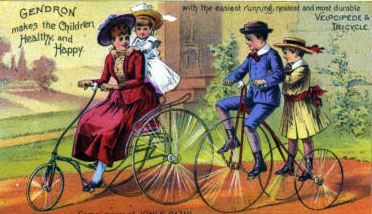
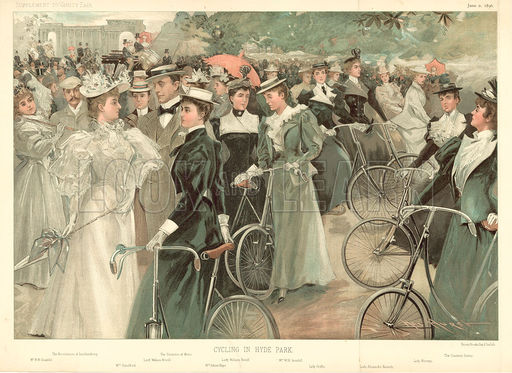
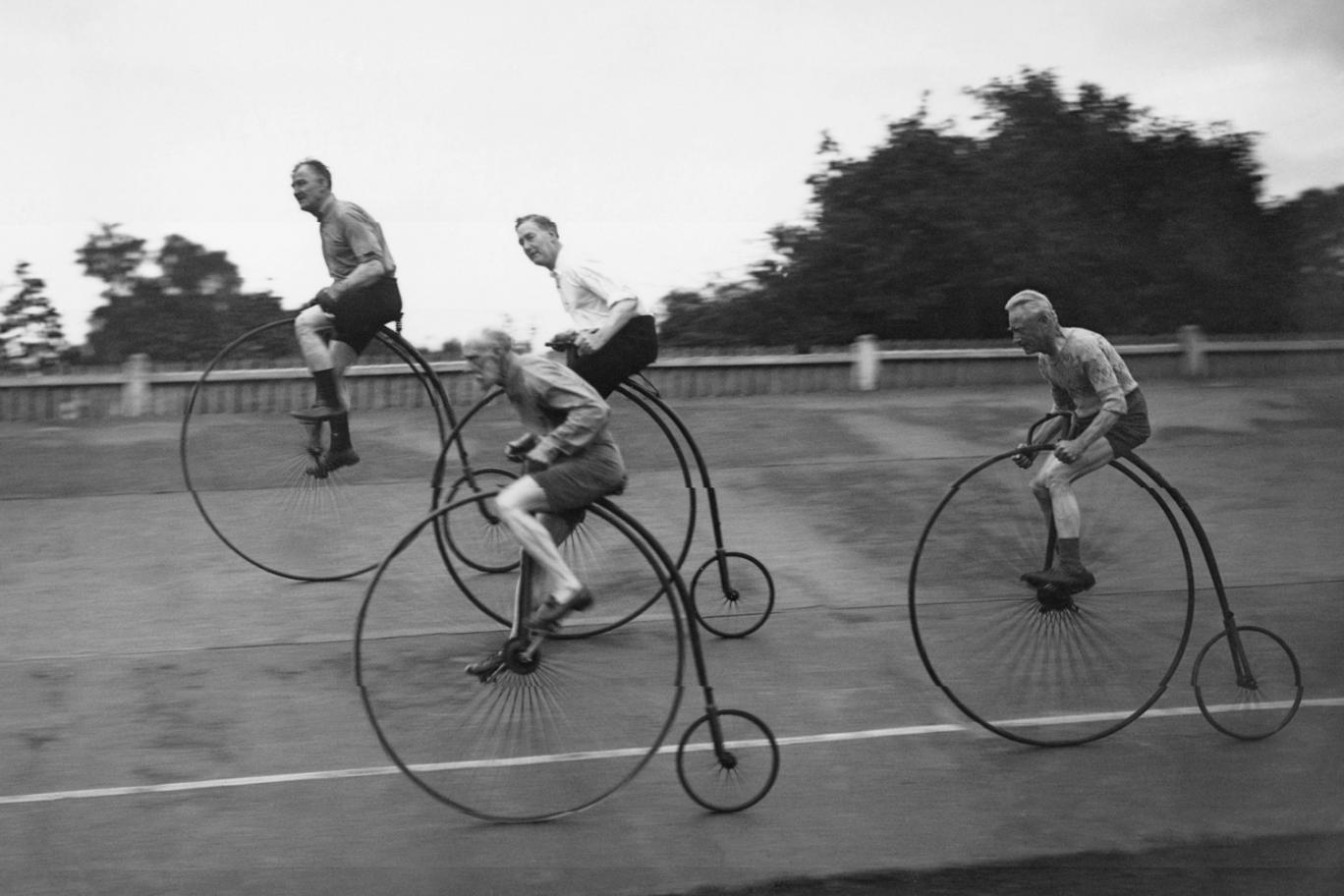
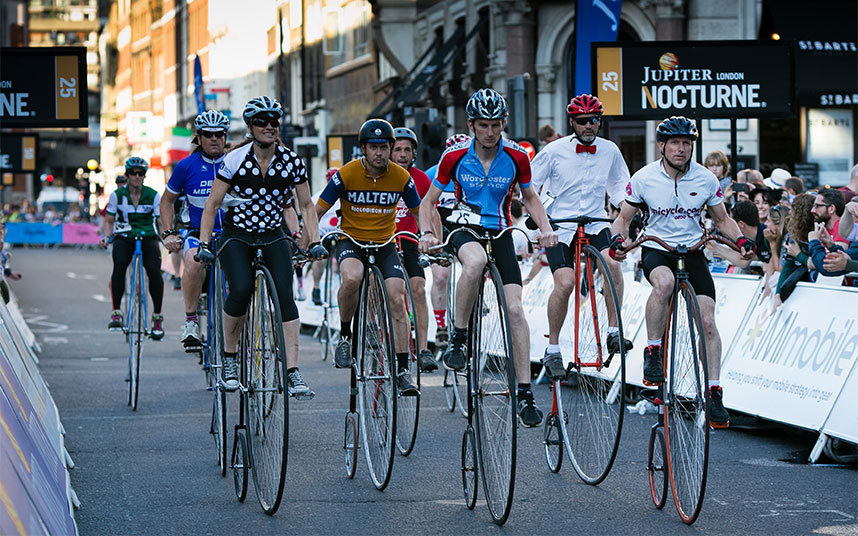
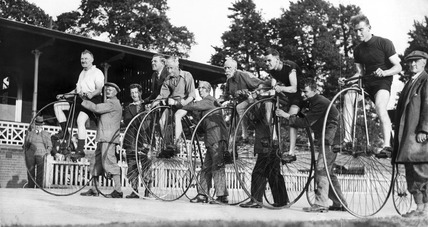
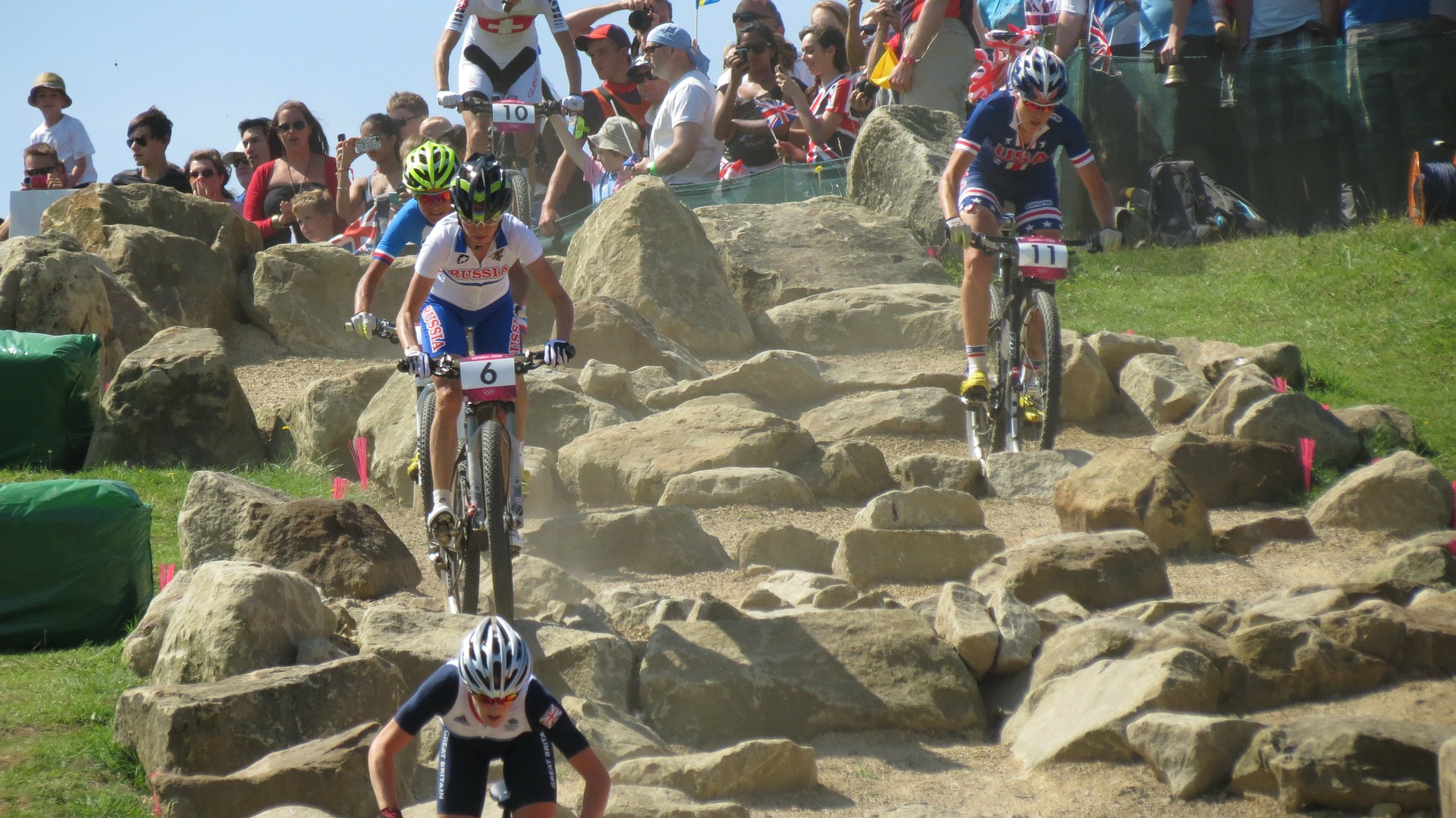
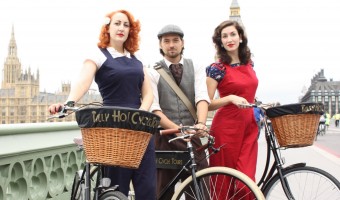
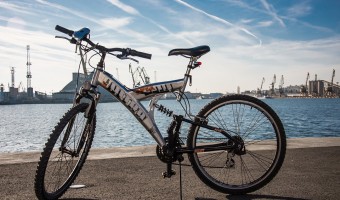
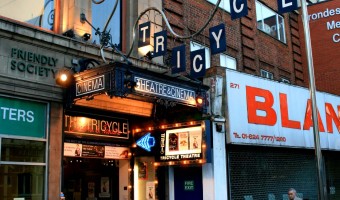
 Load more triptoids
Load more triptoids